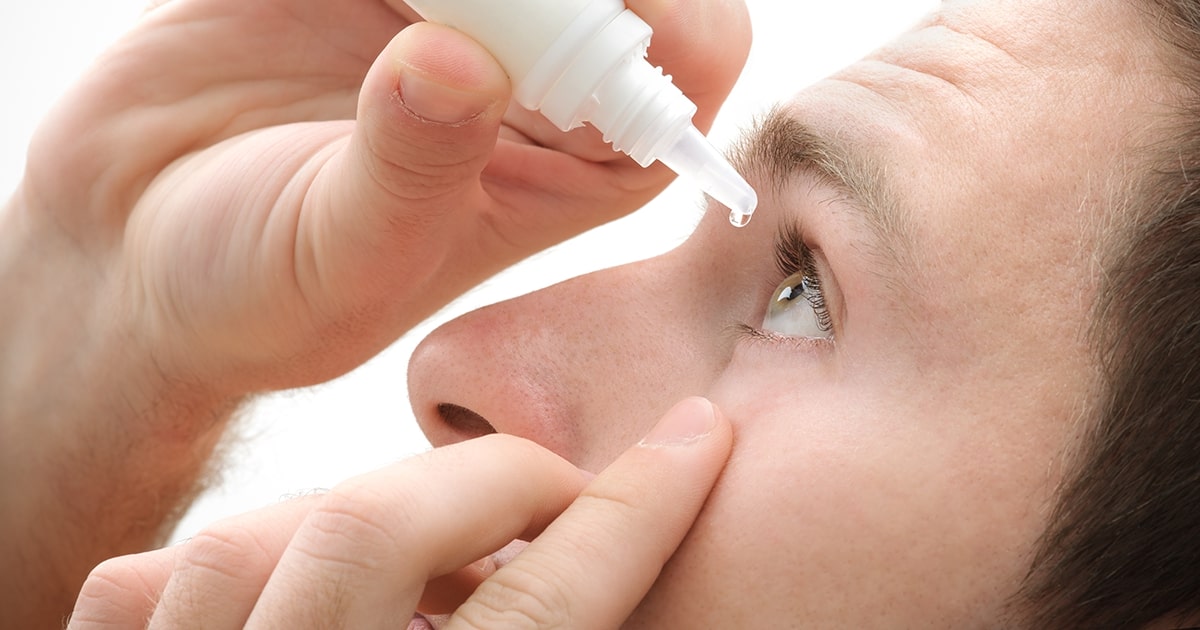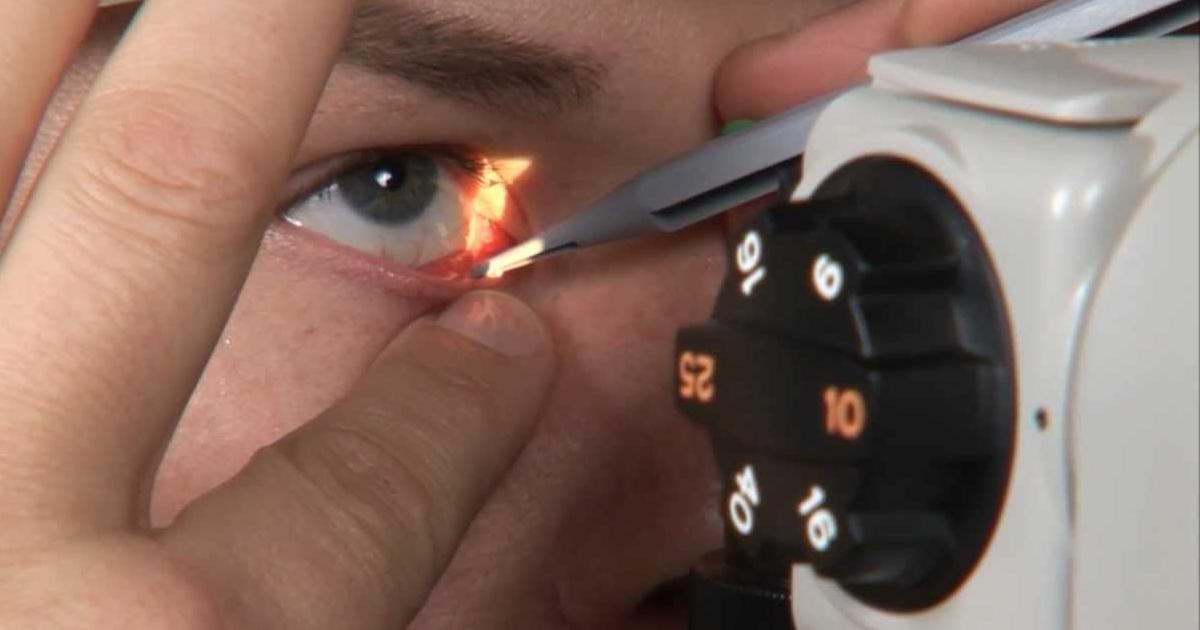Strategies For Managing Sjogren's Syndrome
Use Of Artificial Tears

The use of artificial tears is generally one of the first steps eye care professionals recommend for patients with Sjogren's syndrome who are experiencing dry eyes. Artificial tears are available over-the-counter, and doctors can prescribe more potent versions as well. Artificial tears have to be applied several times each day, and some patients may get added relief by combining them with an eye lubricant.
Lubricants have a thicker texture than artificial tears, and it can be helpful to apply these at night before bed. When using artificial tears or lubricants, patients should be vigilant for possible side effects such as eye pain, persistent redness in the eyes, and blurry vision. If these side effects occur, patients should discontinue the use of artificial tears or eye lubricants and see their eye doctor for an evaluation.
Silicone Or Collagen Plugs

Silicone or collagen plugs can be placed by an eye specialist to increase tear production and the availability of moisture in the eye. These plugs, as previously described, are most commonly used for punctal occlusions, though they may also be recommended by doctors in other instances. Typically, specialists recommend starting with a collagen plug for new patients. Once implanted, these plugs will dissolve as a result of exposure to body heat. This shows collagen plugs are typically used for temporary punctal occlusions.
If a permanent occlusion is recommended, specialists often prefer to use a silicone plug. These plugs are more durable and permanent than collagen, and they are less heat-sensitive too. Recent studies have suggested both types of plugs are equally effective in the treatment of dry eye. Specialists can recommend the most appropriate type of plug for patients with Sjogren's syndrome on a case-by-case basis.
